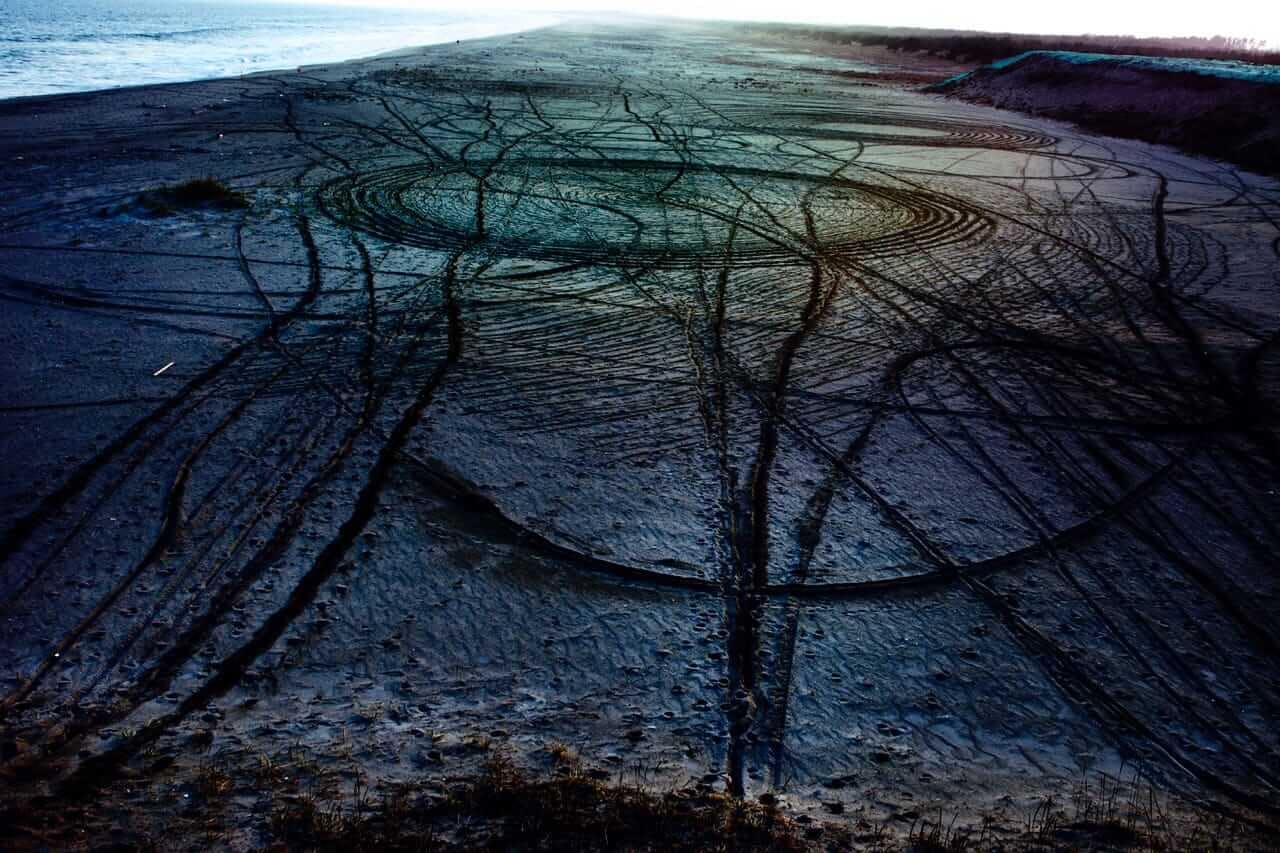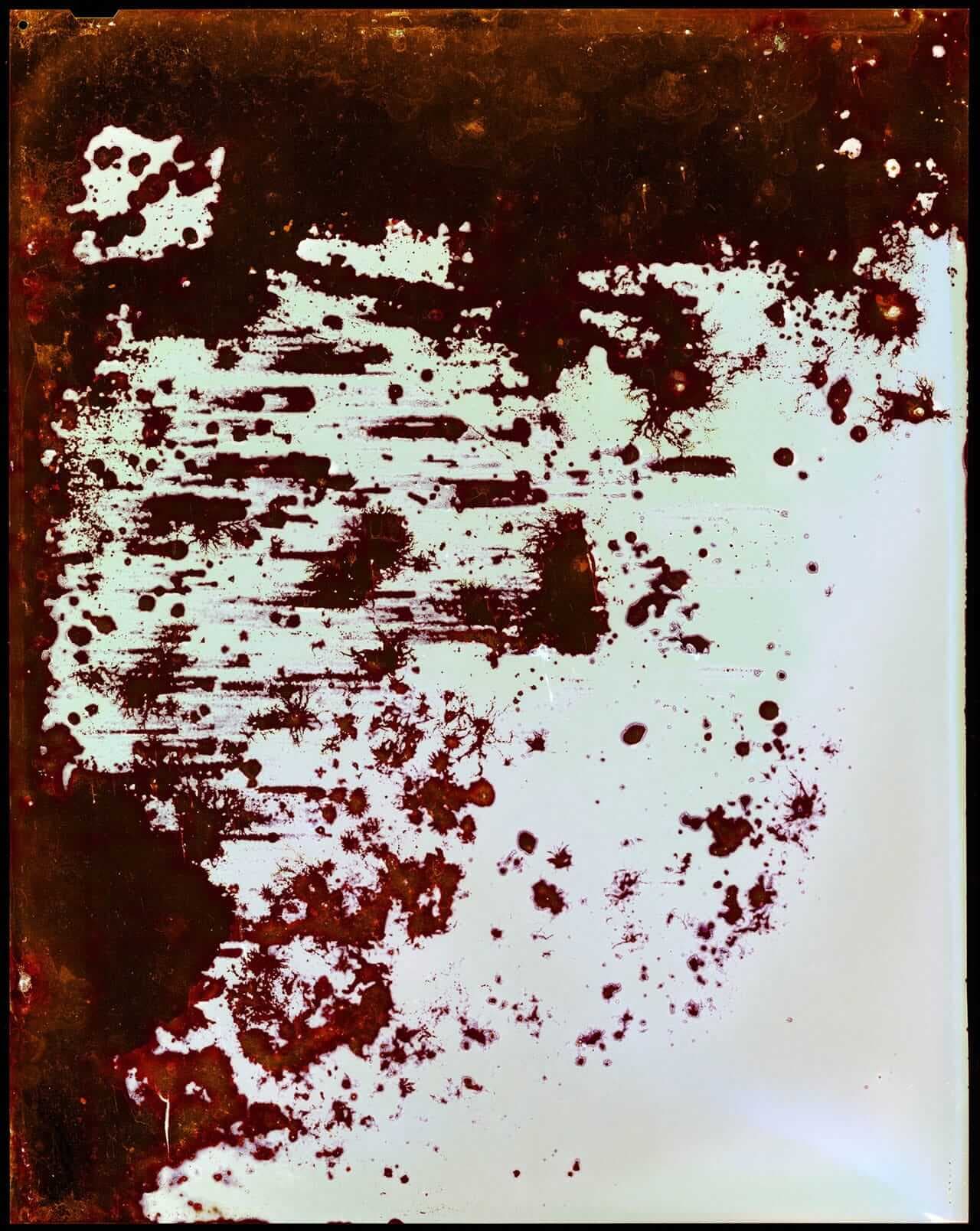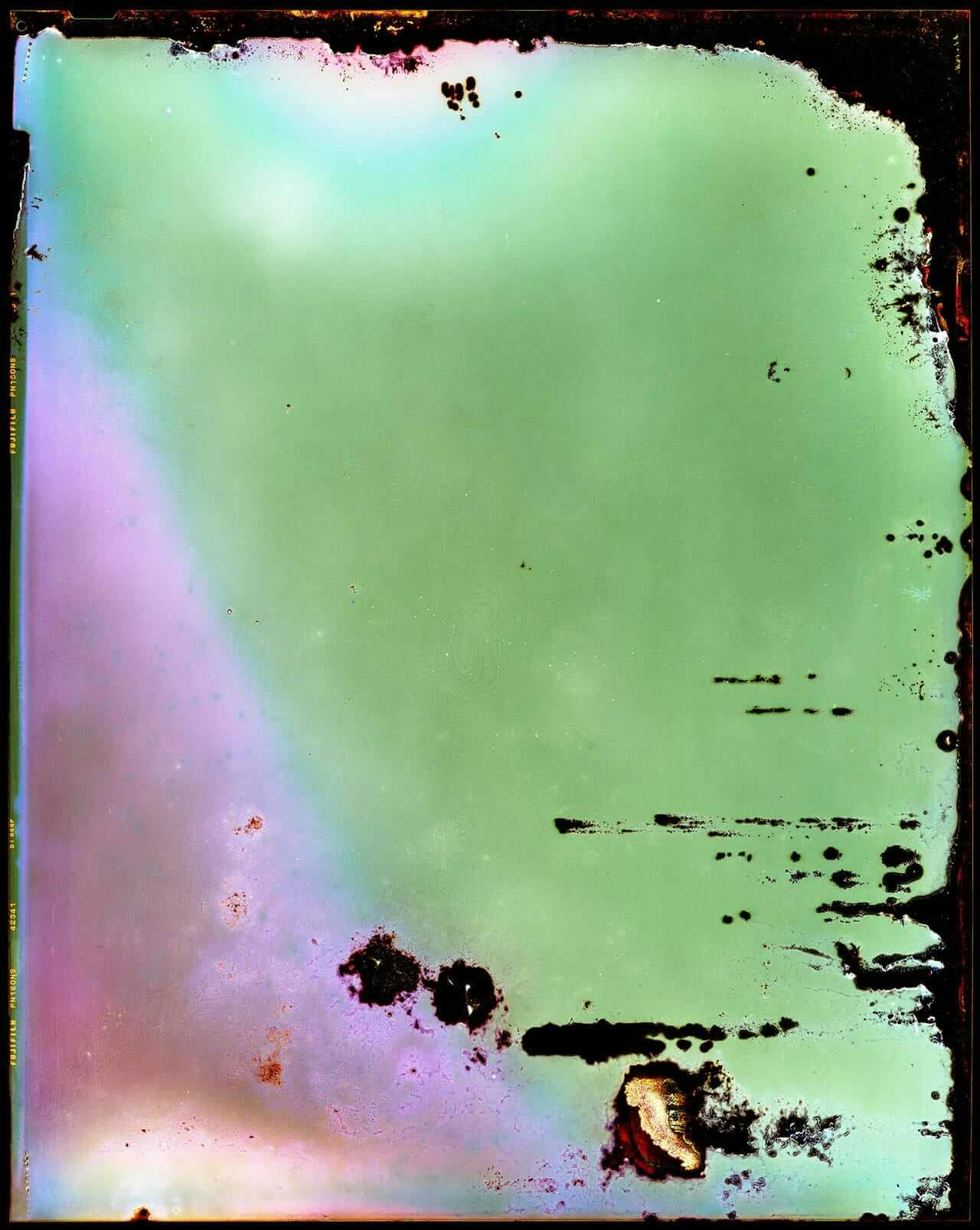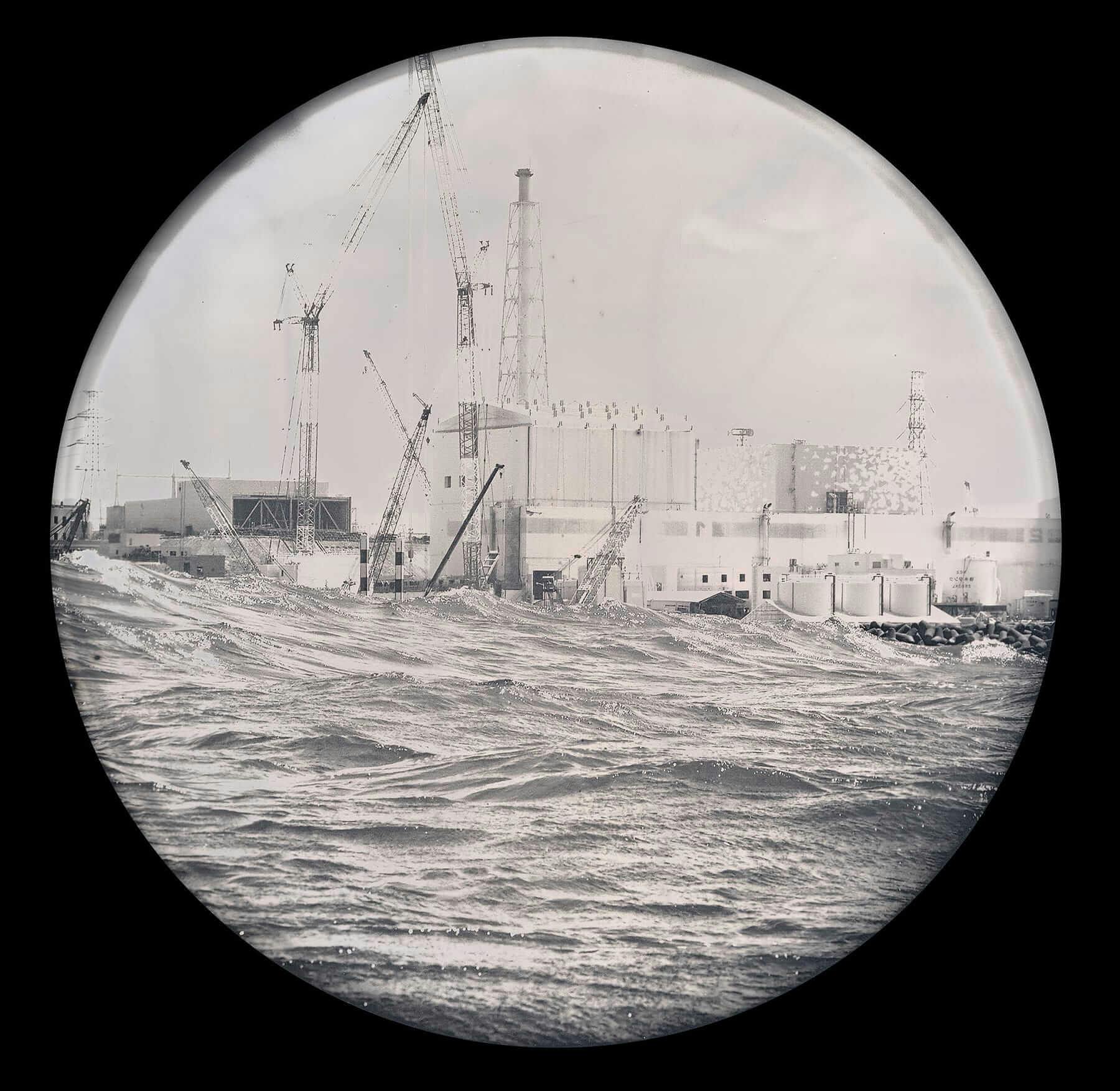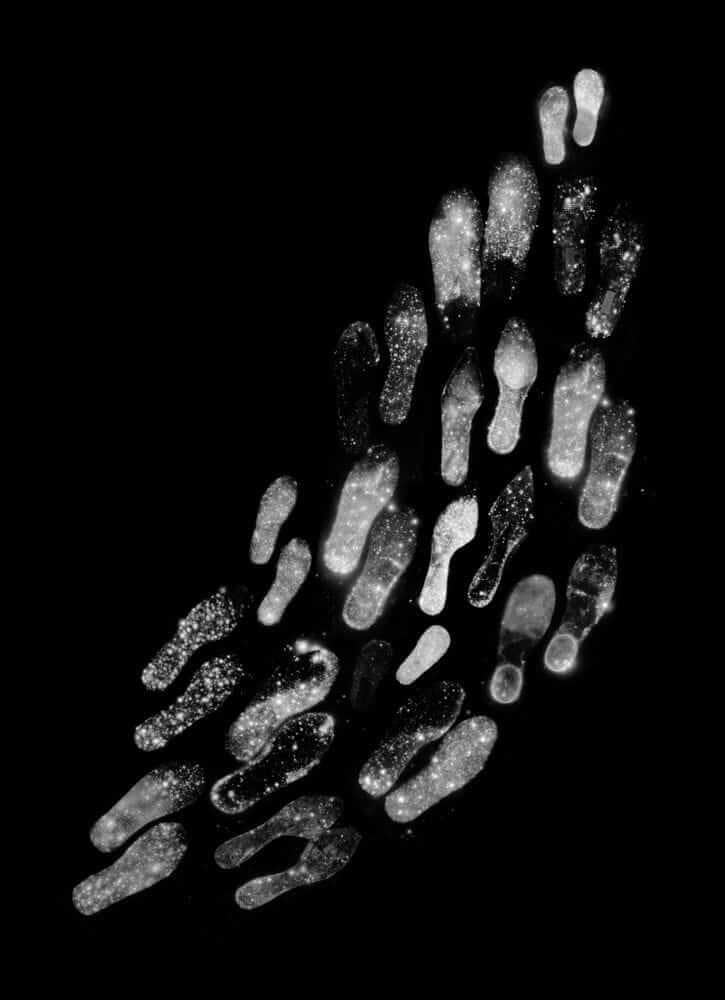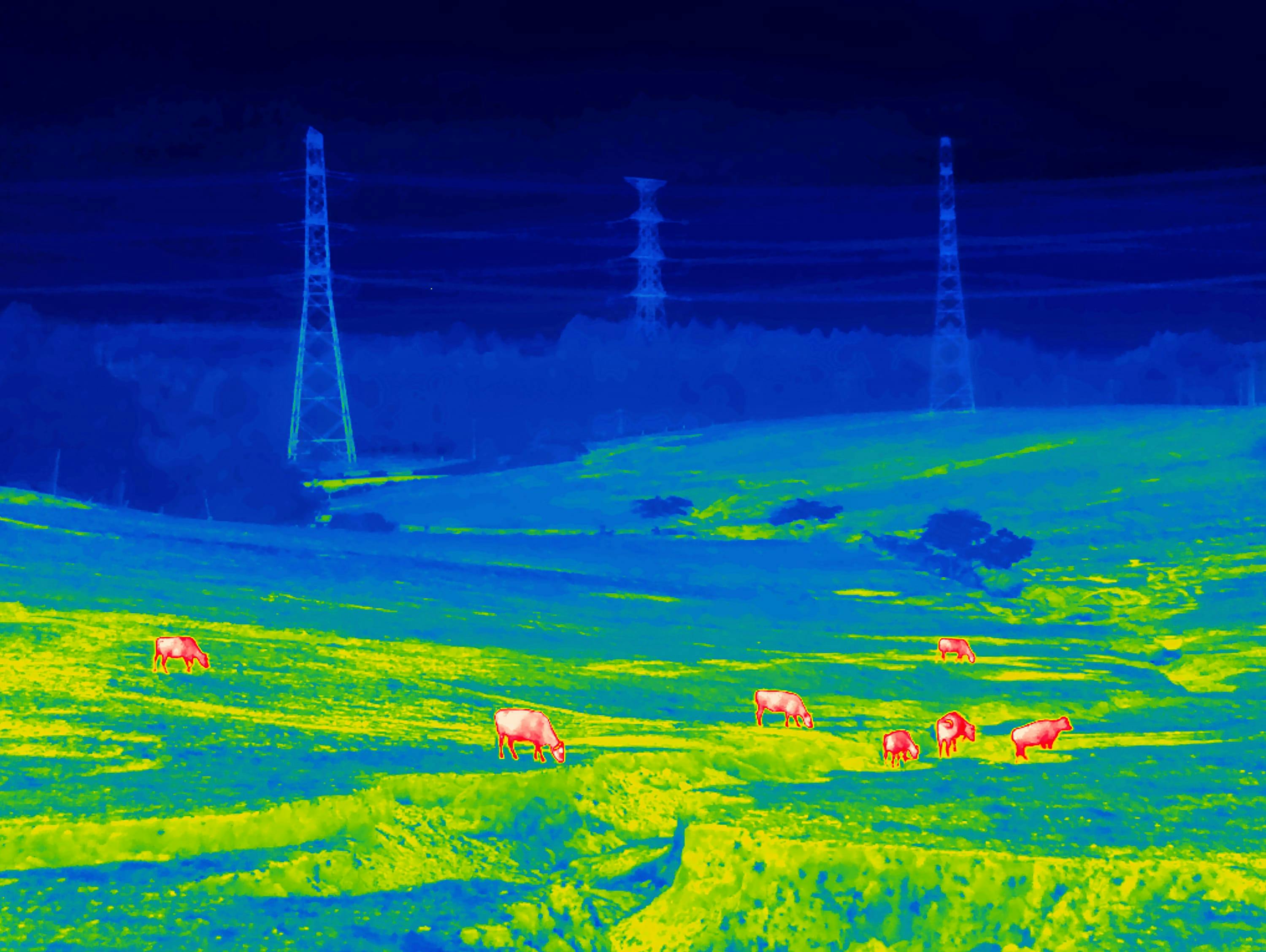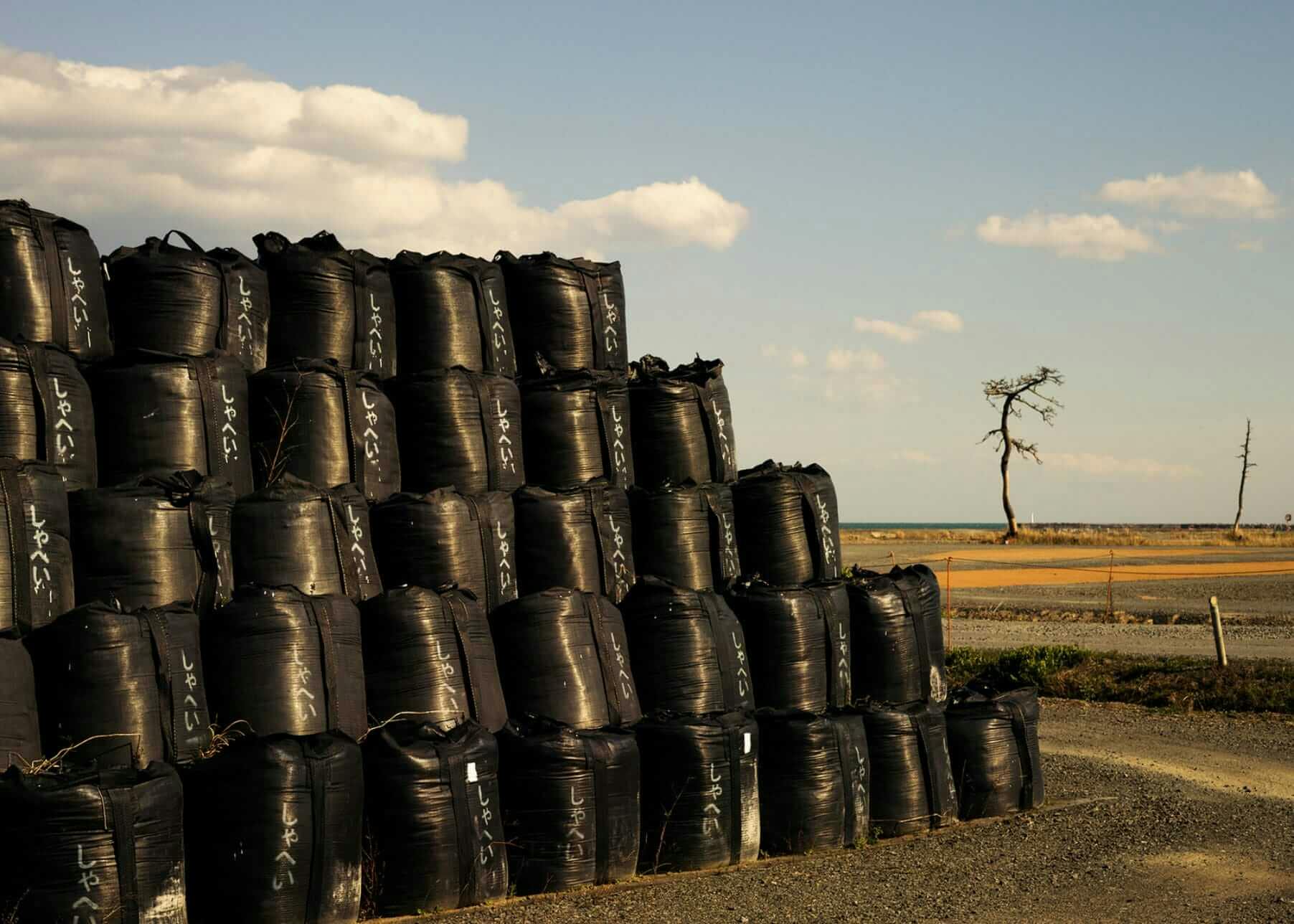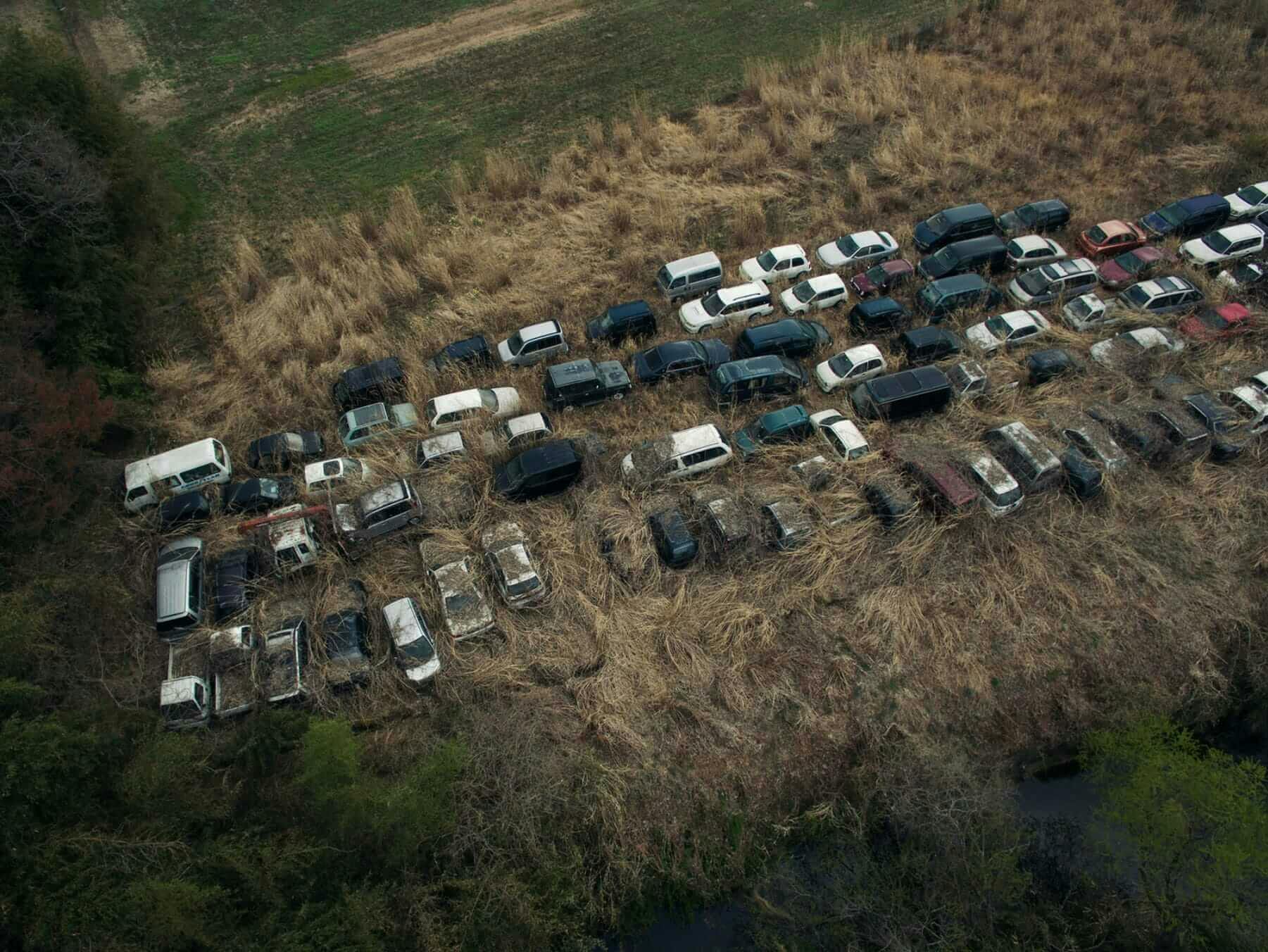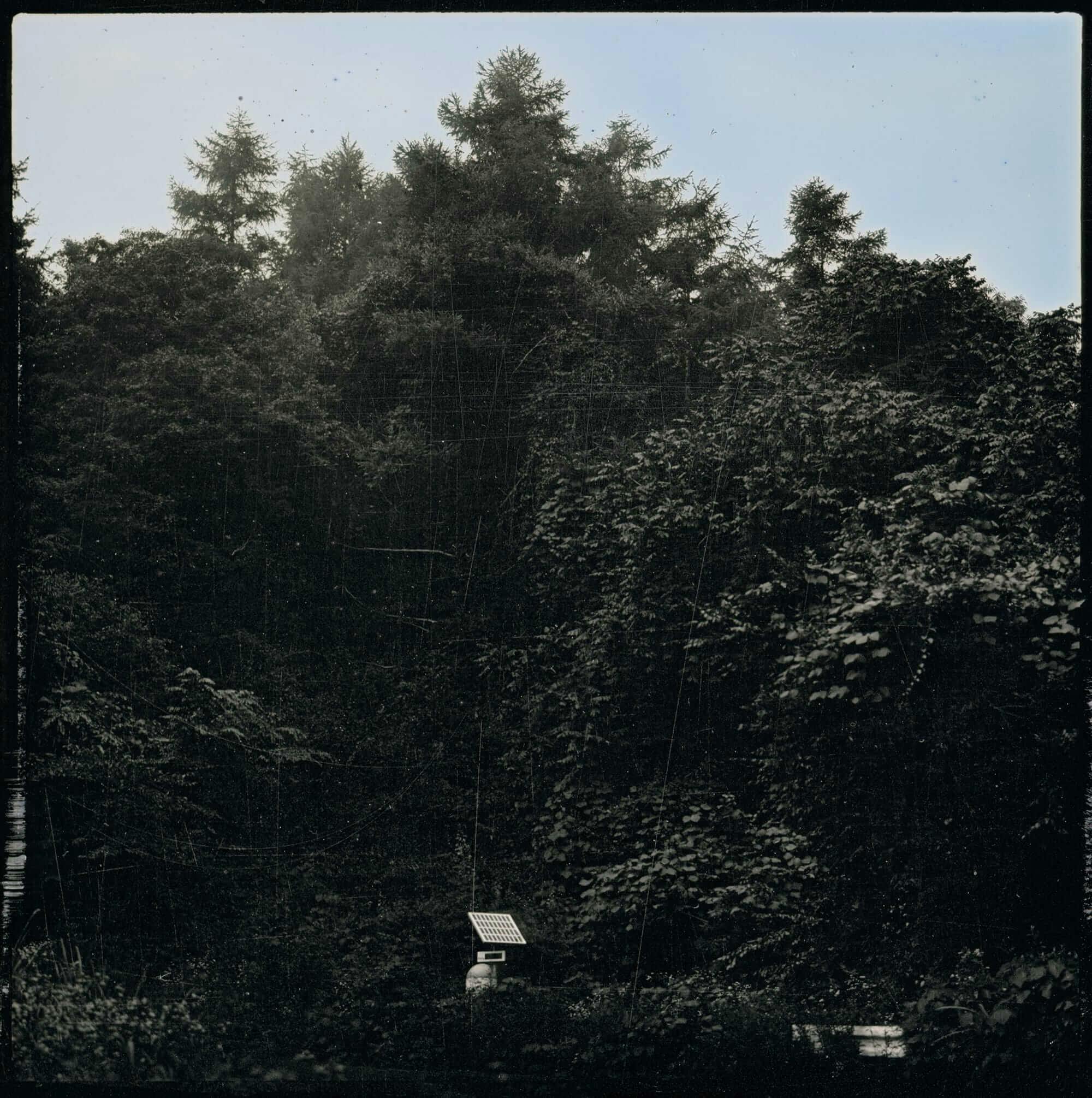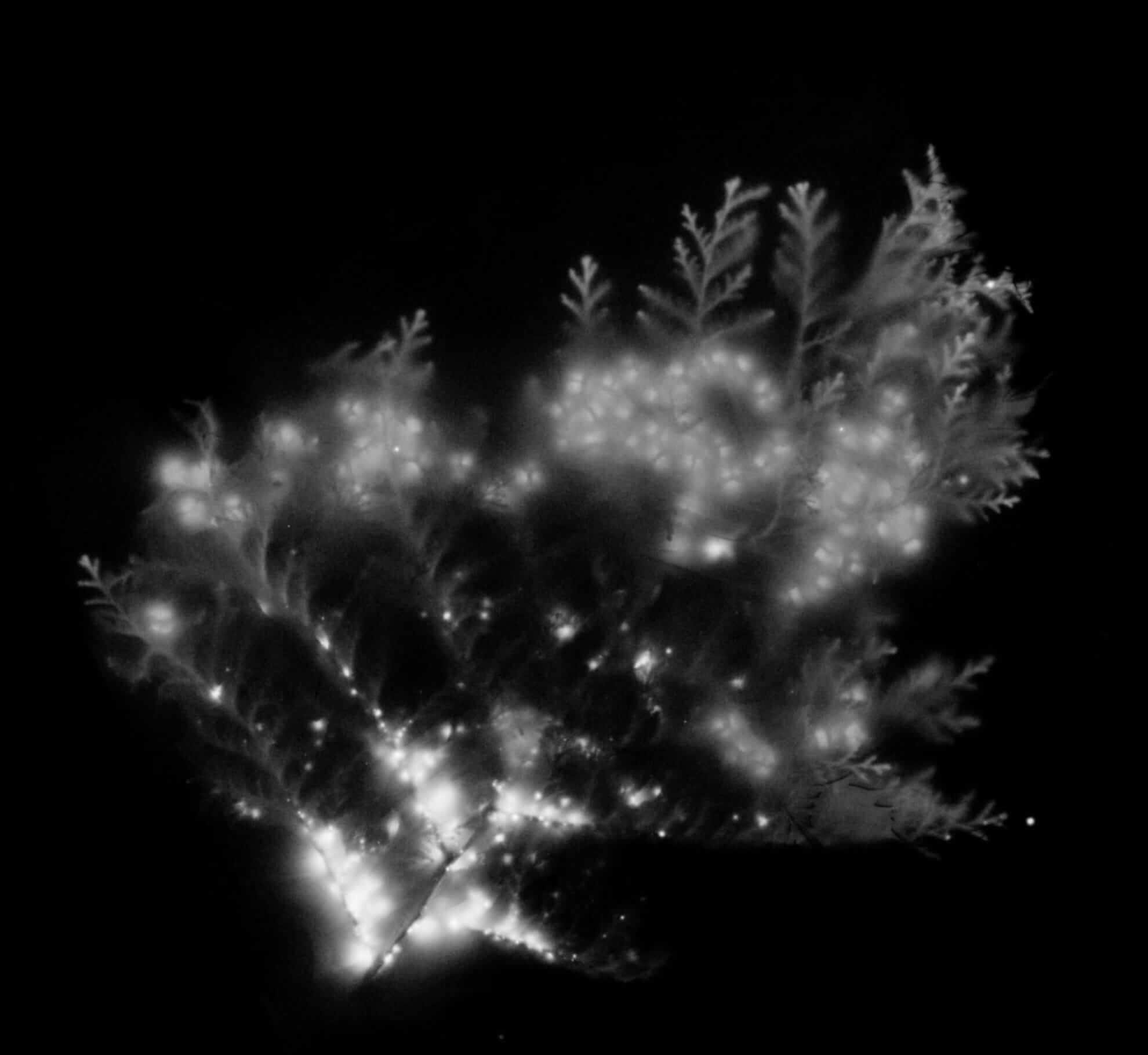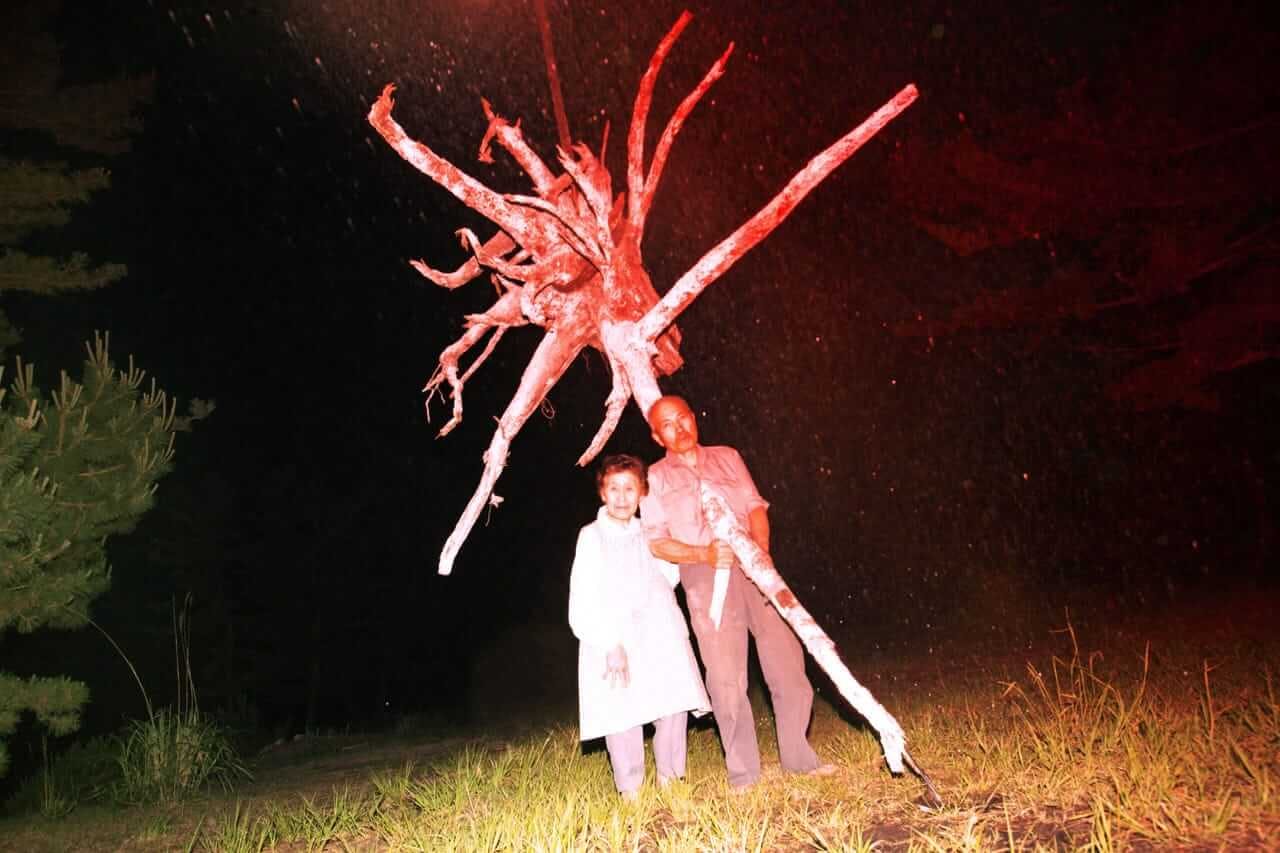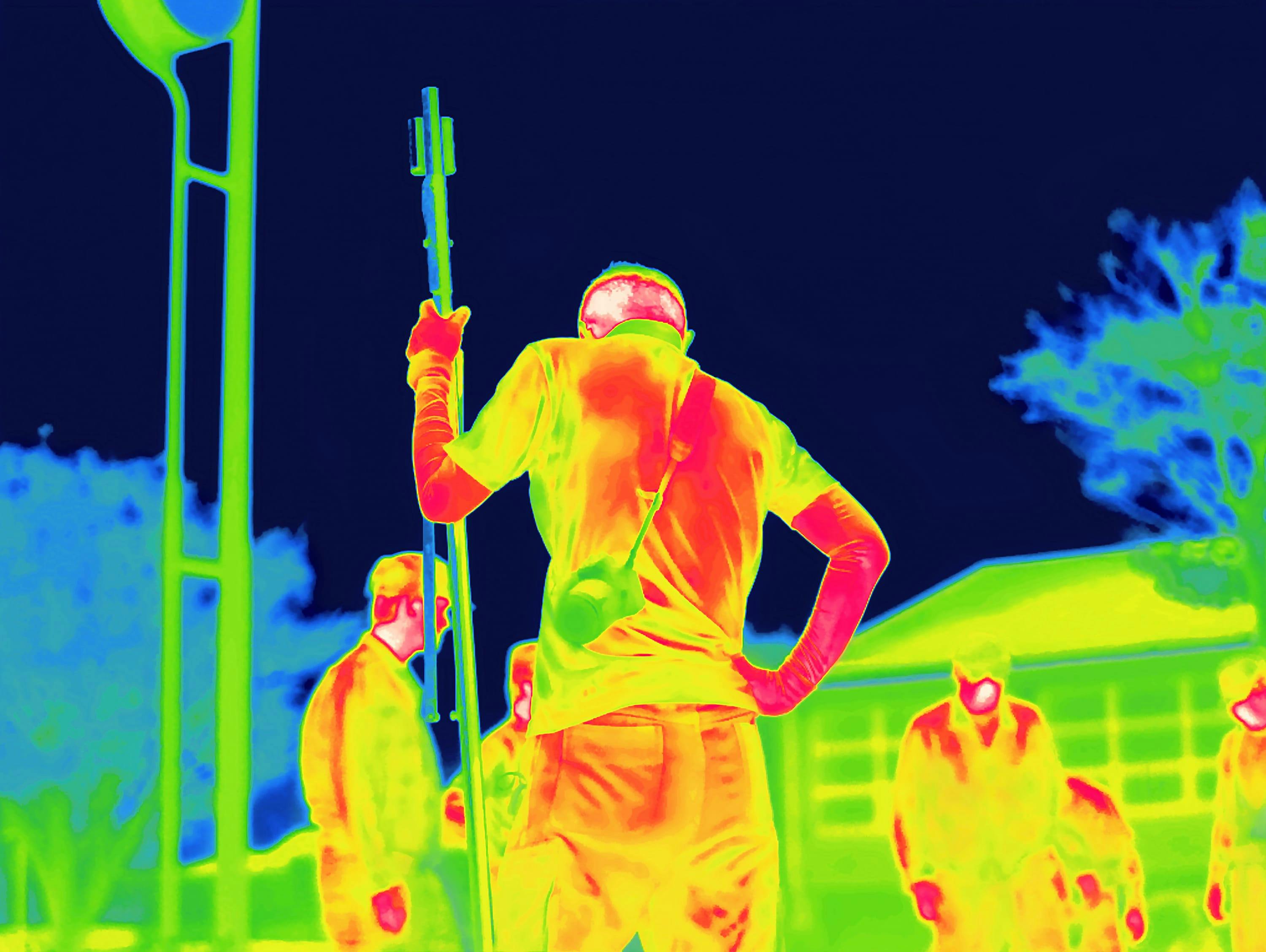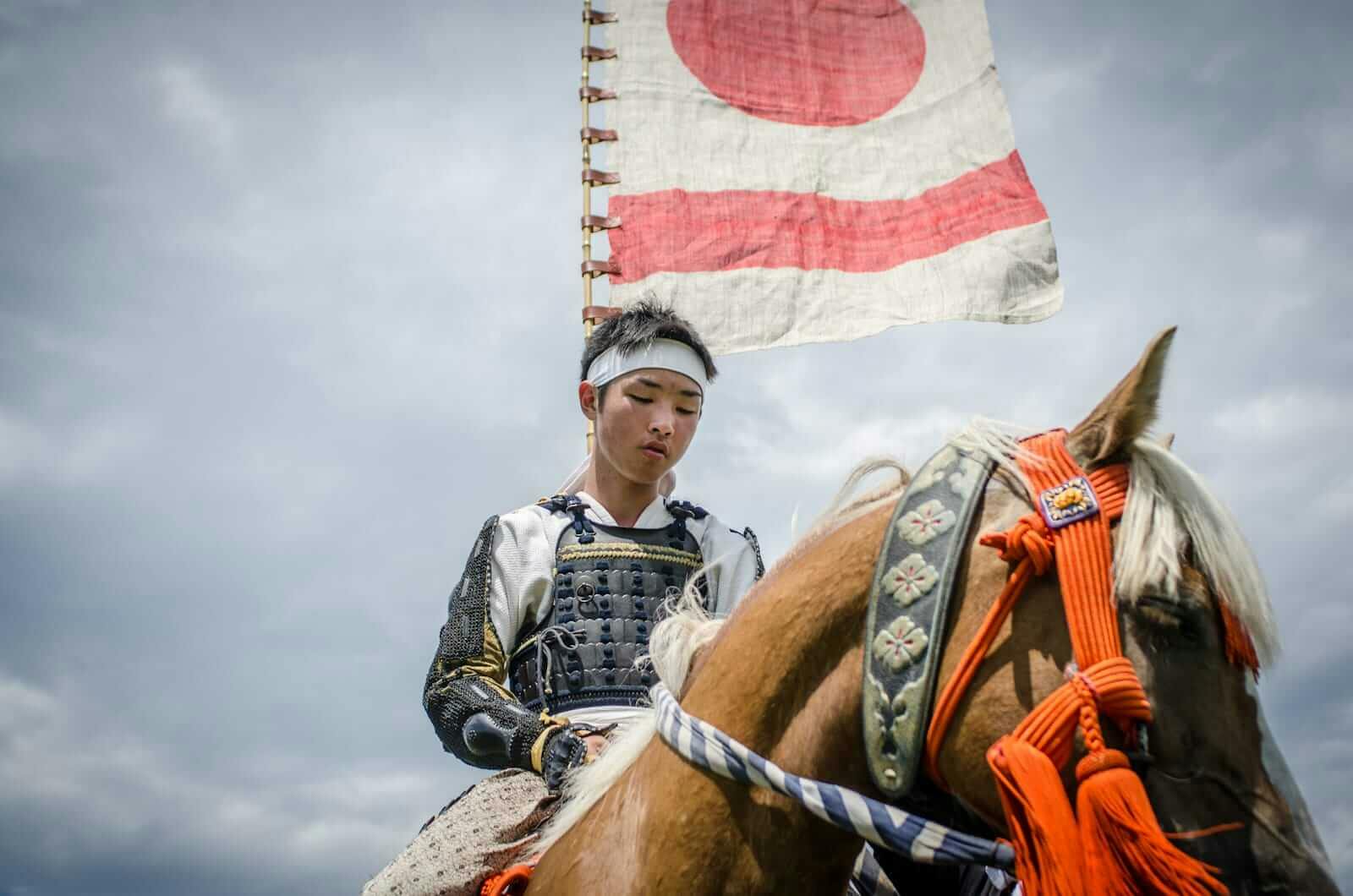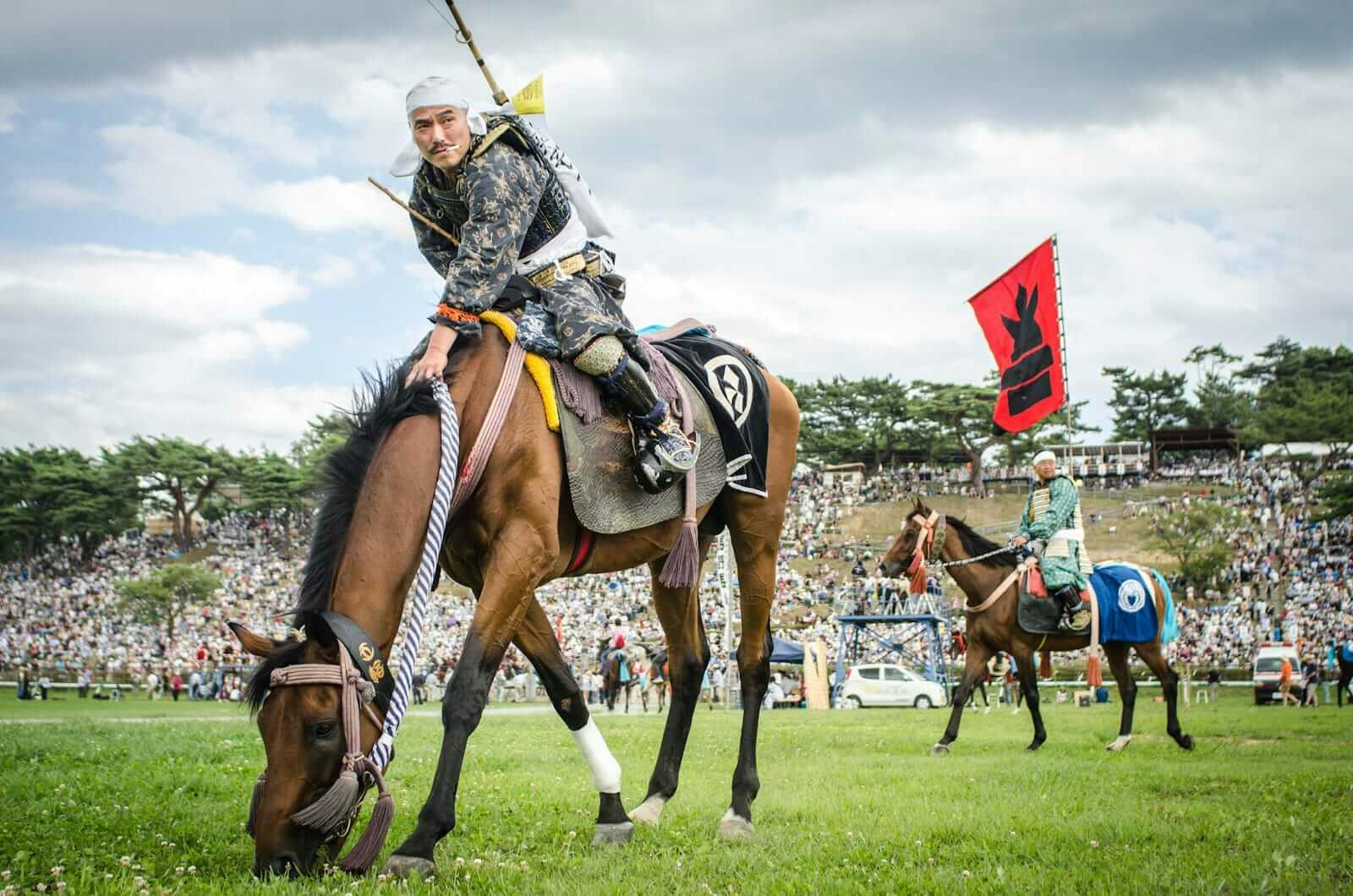Organised in memory of the Great East Japan earthquake, tsunami, and nuclear disaster, PICTURING THE INVISIBLE explores the realities of life in the wake of “3.11.” This seismic event, which claimed 16,000 lives, moved the very Earth more than ten centimetres on its axis and shook Japan to its core. Japanese Prime Minister Naoto Kan was surely right to describe it as “the most severe crisis that Japan has faced since World War Two.” Ten years later, Japan faces another crisis in the guise of a global pandemic. Yet even as Japan grapples with COVID-19, the struggle to rebuild the Tohoku region continues. Thousands of workers toil at Fukushima Daiichi, in the hope of decommissioning the stricken nuclear power plant—a task expected to take until at least 2050. Many more labour to decontaminate the surrounding countryside. But even today, vast swathes of land remain uninhabitable. More than 35,000 people are unable to return to their homes and many more choose not to—concerned that life in Fukushima may not be as safe as the government claims. For even today, public trust in the Japanese state and its experts remains bruised. The confusion caused by poor crisis communication is still fresh in Japan’s collective memory. So too are the findings of independent investigations into the causes of the nuclear disaster, which concluded that it was a crisis “made in Japan”: one which had its roots in a culture of cosy collusion between the government, industry, and regulators, often imagined as forming a “nuclear village.” The 3.11 crisis is long since over, but the effects of the triple disaster are still with us today.
PICTURING THE INVISIBLE brings together seven talented photographers, working in the affected territories. Their art makes visible the legacies of 3.11: the ghostly touch of radiation, lingering traumas, and the resilience of those communities rebuilding their lives in its wake. Each work is paired with a commentary provided by an expert, policymaker, author, or activist, which you will find below each image.
AWARDS
2022 Ziman Award, EASST
